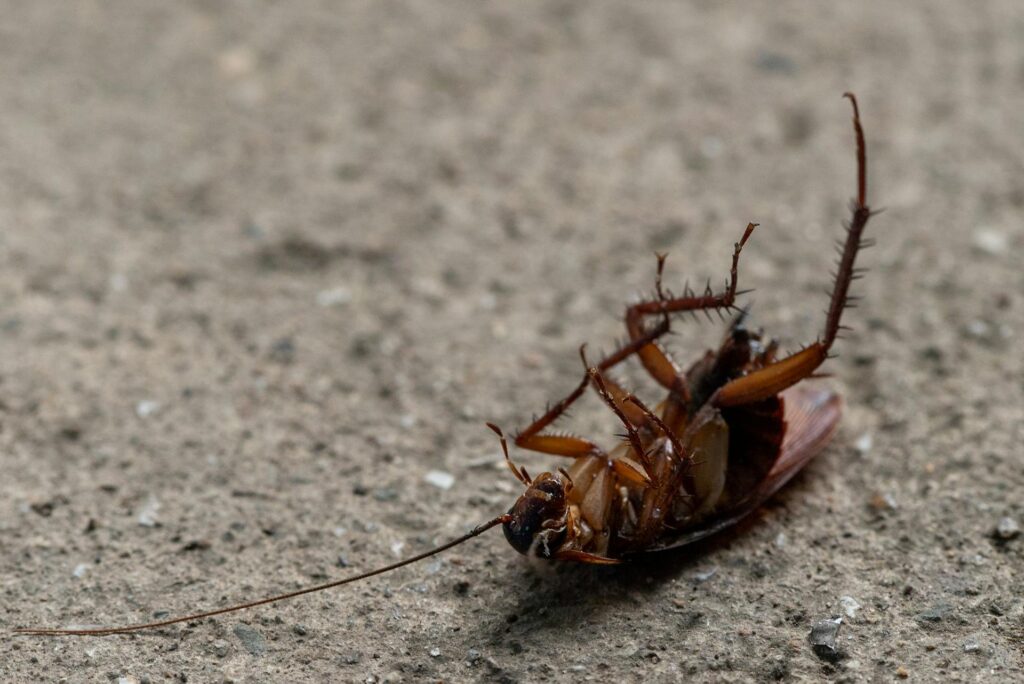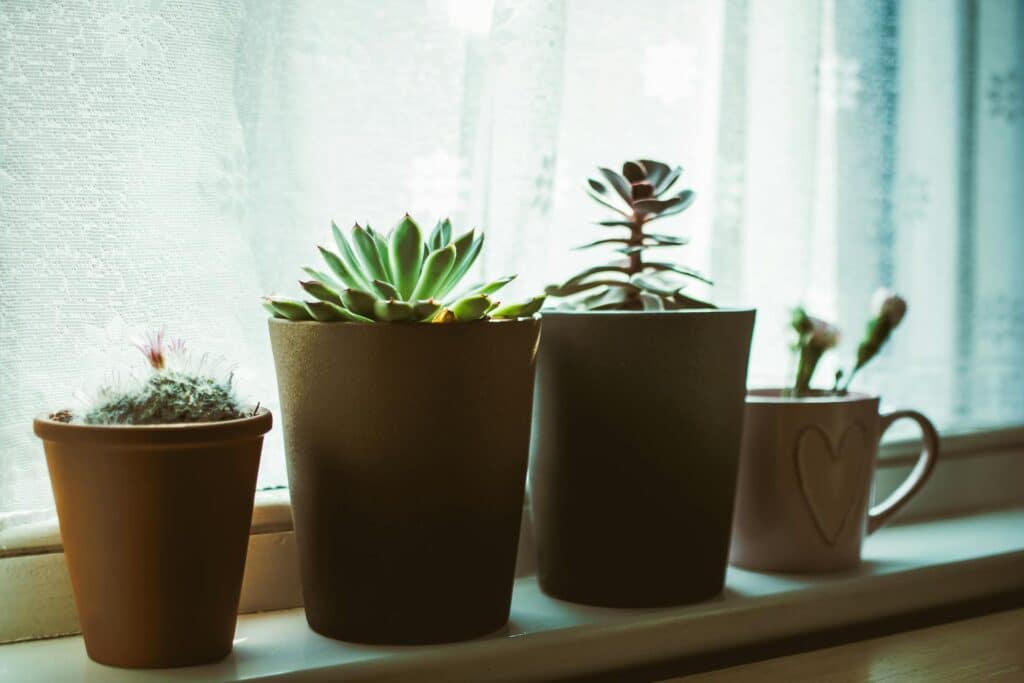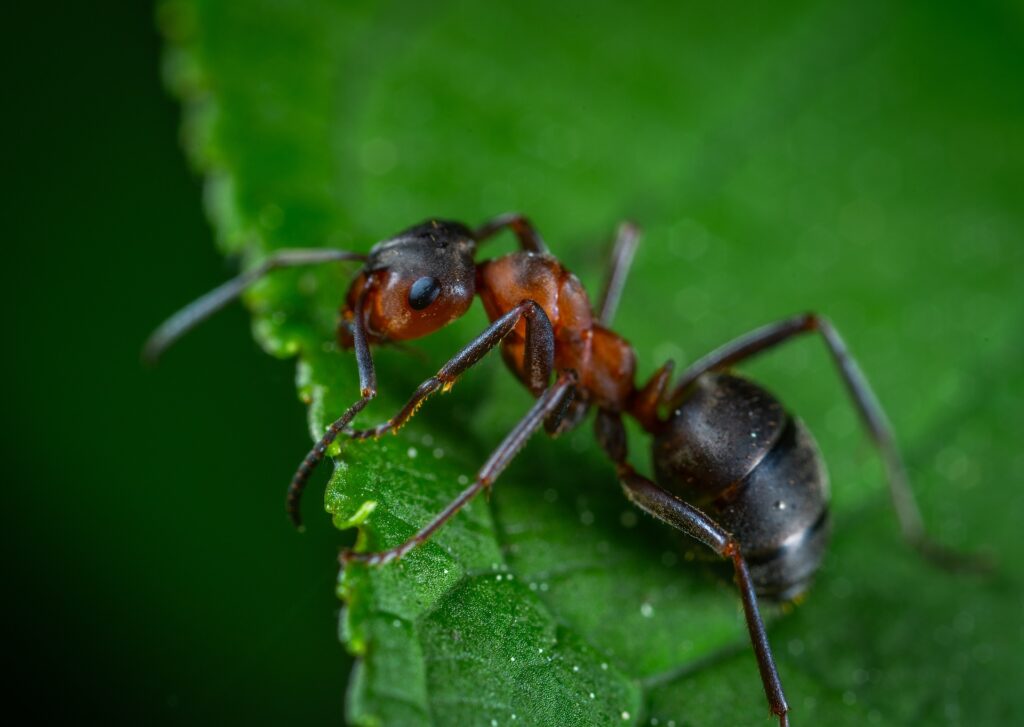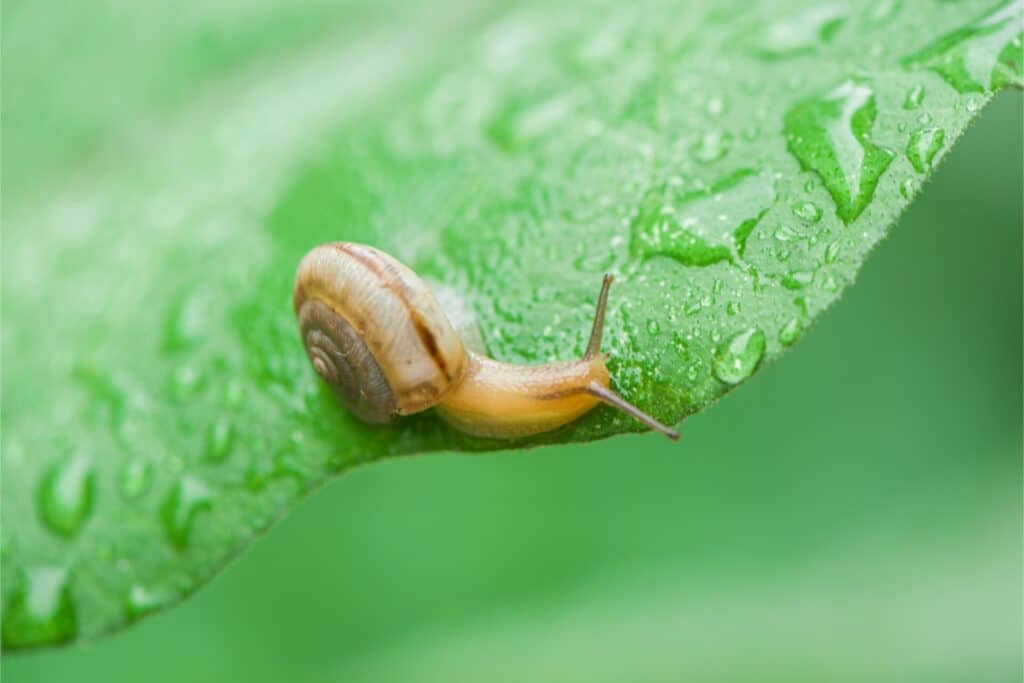While many homeowners focus their pest concerns on mice or roof rats, cotton rats present a unique challenge across the southern United States. These medium-sized rodents frequently establish themselves in tall grass, brush piles, and overgrown yard areas—and they rarely arrive alone. Cotton rats serve as primary carriers for numerous parasites including fleas, ticks, and mites, which can quickly become independent infestations affecting your home and family.
This connection between cotton rats and secondary pest problems makes them particularly concerning when they approach residential properties. Understanding this relationship explains why rodent control involves addressing not just the rodents themselves, but the entire collection of pests they bring along.
Why Cotton Rats Thrive Near Homes
Cotton rats strongly prefer environments with dense vegetation where they can remain hidden from predators. They create shallow burrow systems or simply use thick grass as protective cover. These rodents commonly populate property boundaries, overgrown fence lines, drainage areas, and neglected lots adjacent to maintained yards. In warmer southern climates, cotton rats remain active throughout the year, primarily consuming plant materials like seeds, roots, and stems, along with occasional insects.
Their nesting habits are particularly relevant to homeowners. Cotton rats construct loose nests using grass clippings and plant fibers, frequently establishing these homes near or within debris collections, stacked firewood, or areas with tall vegetation. Once they’ve settled close to your property, very little prevents them from venturing closer—especially when attractants like bird feeding stations, outdoor pet food, compost bins, or accessible crawl spaces are present.
While capable climbers, cotton rats typically remain at ground level, which influences how infestations develop. Problems often begin outdoors before gradually moving inward through ground-level entry points. Storage buildings, garages, basement areas, and the spaces beneath decks frequently serve as initial invasion sites where these rodents first establish indoor presence.
What Else Comes With Them
The greater concern with cotton rats involves what they carry. These rodents host numerous external parasites—particularly fleas, ticks, and mites—that use the rats as transportation and food sources. These hitchhikers aren’t simply incidental–they’re integral components of the cotton rat’s biology and environment.
- Fleas: Cotton rats frequently carry multiple flea species that can transmit diseases to humans and pets. These parasites don’t remain exclusively on their rodent hosts. Once cotton rats bring them near your home, fleas can quickly establish independent populations—particularly in humid environments or homes with carpet and upholstered furniture.
- Ticks: Several tick varieties regularly feed on cotton rats, including lone star ticks and black-legged (deer) ticks. These parasites are known to spread several serious illnesses including tick-borne fevers and Lyme disease. When cotton rats live in or near your yard, they effectively maintain and increase local tick populations by providing a reliable year-round blood source.
- Mites: Various mite species have been identified on cotton rats, including those that can affect humans. These microscopic parasites can transfer from rodent populations to wall voids, insulation materials, and household furnishings under certain conditions, potentially causing irritation and discomfort for residents.
Secondary Infestations Are the Real Problem
Most homeowners discover the “second wave” of pests before identifying the original cotton rat problem. You might notice fleas appearing despite having no pets, ticks showing up in garden beds or entryways, or unexplained mite activity. Many people initially attribute these signs to neighborhood pets, weather changes, or typical seasonal patterns. However, the actual source may be cotton rats nesting behind outdoor structures or under low decks and porches.
Cotton rats reproduce remarkably quickly, with females capable of producing up to nine litters annually, each containing five to ten young. A small initial population can expand dramatically within a single season, forcing groups to spread outward seeking new nesting locations—bringing their parasites with them every step of the way.
Since cotton rats don’t typically venture into main living spaces, homeowners often overlook their presence entirely. However, the parasites they carry don’t respect the same boundaries. Fleas, ticks, and mites will readily move into homes when conditions permit, creating confusing infestation patterns that seem to appear without clear sources.
What to Watch for Around the Property
To protect your home from cotton rats and their accompanying parasites, watch for these warning signals around your property:
- Narrow, tunnel-like pathways through grass where vegetation appears flattened or trampled
- Small nests constructed from shredded grass material, particularly beneath debris piles or within dense vegetation
- Rodent droppings near foundation perimeters, deck structures, or storage buildings—typically pill-shaped and smaller than those from larger rat species
- Unexpected flea or tick activity, especially if you don’t have outdoor pets or your pets are treated with preventatives
- Rustling sounds in vegetation or beneath structures during evening hours
When multiple signs appear together—particularly if you’re experiencing unusual pest activity—it’s worth investigating what might be happening in your yard’s perimeter areas rather than focusing exclusively inside your home.
When to Call the Professionals
Addressing cotton rat problems requires a comprehensive approach that targets both the rodents themselves and the parasites they introduce. Our pest control specialists understand the complex relationship between these primary and secondary pest issues.
Our rodent control services include detailed property assessments that identify not just current cotton rat activity but also the environmental factors that attract them. We develop customized treatment strategies that address existing problems while implementing preventative measures against both rodents and their parasitic companions.
Request a free quote today from our pest control services to discover how our integrated pest management approach can help protect your home from cotton rats and the numerous unwanted guests they bring along. Our experienced technicians can help you create a more resilient barrier against these persistent pests and restore peace of mind about your property.








